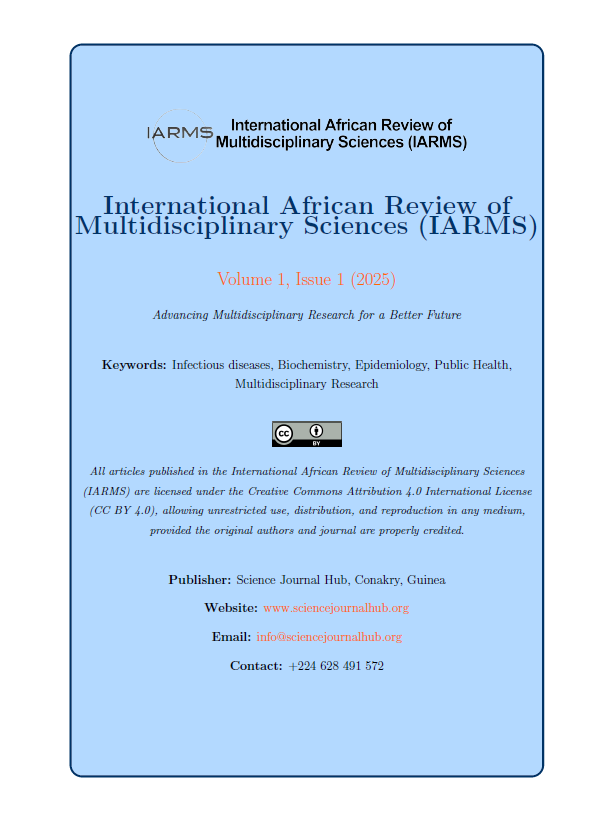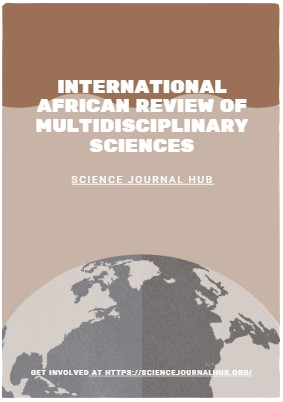Bacteriological and antibiotic resistance profile of germs isolated from pyocultures at the Biomedical Laboratory of the China-Guinea Friendship Hospital of Kipé in Conakry (Guinea)
Keywords:
Antibiotics, Bacteria, Resistance, pyocultures, ConakryAbstract
Introduction: The rapid evolution of bacterial multi-resistance to antibiotics is a worrying phenomenon in the world and particularly in Africa. Objective: The aim of this study was to describe the bacteriological and antibiotic resistance profile of germs isolated from pyocultures at the China-Guinea Friendship Hospital in Conakry (HASIGUI). Methods: This is a retrospective study carried out at the HASIGUI Biomedical Laboratory from June 15th, 2017 to December 22th, 2021). Thus, 432 pus samples were analyzed. Bacterial identification and antibiograms were carried out using the Vitek2 Compact machine, and by the API and microdilution system (bioMérieux, France). Results: Male were predominant with a sex ratio (Male/Female) = 2.04, and the age group from 0 to 20 years was in the majority. The distribution according to professions showed that students were predominant. Of 432 pyocultures performed, 291 (67%) were positive. Bacterial identification showed that the species identified were Staphylococcus aureus (15.81%), Staphylococcus xylosus (6.53%), Staphylococcus lentus (4.81%) and Escherichia coli (4.47%). The majority of strains were susceptible to linezolid (82.47%), imipenem (71.51%), clindamycin (67.27%), fosfomycin (62.99%), levofloxacin (59. 62%), ciprofloxacin (52.66%). On the other hand, the majority of strains were resistant to benzylpenicillin (94.11%), cephalin (90.47%), cefixime (86.29%), cefuroxime (83.67%), ampicillin (77.17%), cefotaxime (73.94%), nalidixic acid (72.8%), cotrimoxazole (60.81%). Conclusion: All of these results show multi-resistance to antibiotics in bacteria isolated from pyocultures requiring treatment based on the results of antibiograms.
Downloads
-
PDF
13938










